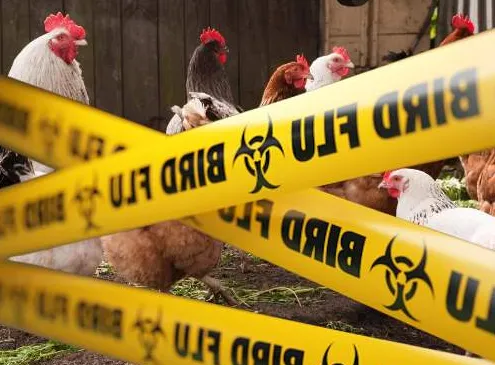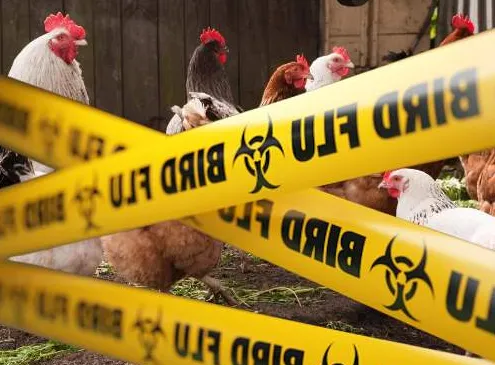
Bird Flu in Colorado Cats: Should You Be Concerned About Your Pet?
In Colorado, a worrying situation has arisen where a handful of domestic cats have died from bird flu (Highly Pathogenic Avian Influenza H5N1) this year. What makes this concerning is that some of these cats had no direct exposure to known outbreaks on dairy farms, raising questions about how the virus is spreading and infecting different animals.

What Happened in Colorado?
State health officials have reported that six domestic cats, including two indoor cats, have died from bird flu in Colorado. While some of these cases are suspected to be linked to dairy farm exposures, there are instances where direct exposure to infected livestock wasn’t documented. This has led to speculation that the virus might have been brought into homes through environmental tracking or other means.
Experts suggest that cats might have contracted the virus by preying on infected mice or small birds, which are common carriers of the virus. Another potential source of infection could be raw food that some pet owners feed their cats.
How Does Bird Flu Affect Cats?
The six cats that died showed symptoms like lethargy, loss of appetite, severe respiratory issues, and neurological problems. These symptoms are similar to those of rabies, and all the affected cats eventually succumbed to the illness. Genetic testing confirmed that these cats were infected with the same strain of H5N1 found in nearby infected dairy herds.
Cats are typically considered “dead-end hosts” for bird flu, meaning they usually don’t spread the virus to other animals or humans once infected. However, bird flu is highly deadly for cats, with studies showing that about two-thirds of infected cats die from the virus.

Is Your Cat at Risk?
The risk of bird flu spreading to humans from cats is considered low, with no reported cases of people getting sick from an infected cat in this outbreak. However, pet owners should still be cautious. The Colorado State Veterinarian’s Office advises that bird flu infection should be considered in cats showing respiratory and neurological symptoms, even if they haven’t been exposed to obvious risk factors.
How to Protect Your Cat
To protect your cat from bird flu, it’s essential to follow these precautions:
- Avoid feeding raw food: Raw meat or milk can be a source of infection. Cooked food is safer for your pets.
- Keep cats indoors: Limiting outdoor exposure reduces the risk of contact with infected wild birds or small animals.
- Practice good hygiene: Wash your hands thoroughly after handling food or cleaning litter boxes.
- Monitor your cat’s health: If your cat shows signs of illness, particularly respiratory or neurological symptoms, contact a veterinarian immediately.
What’s Next?
Experts are still trying to understand how the virus is spreading and whether it is mutating. Researchers are looking into the genetic sequence of H5N1 in cats to determine if the virus is adapting to new hosts or if it’s simply expanding naturally. This information will be crucial in developing strategies to prevent further spread and protect both pets and people.
For now, staying informed and vigilant is the best way to protect your cat from this deadly virus.



